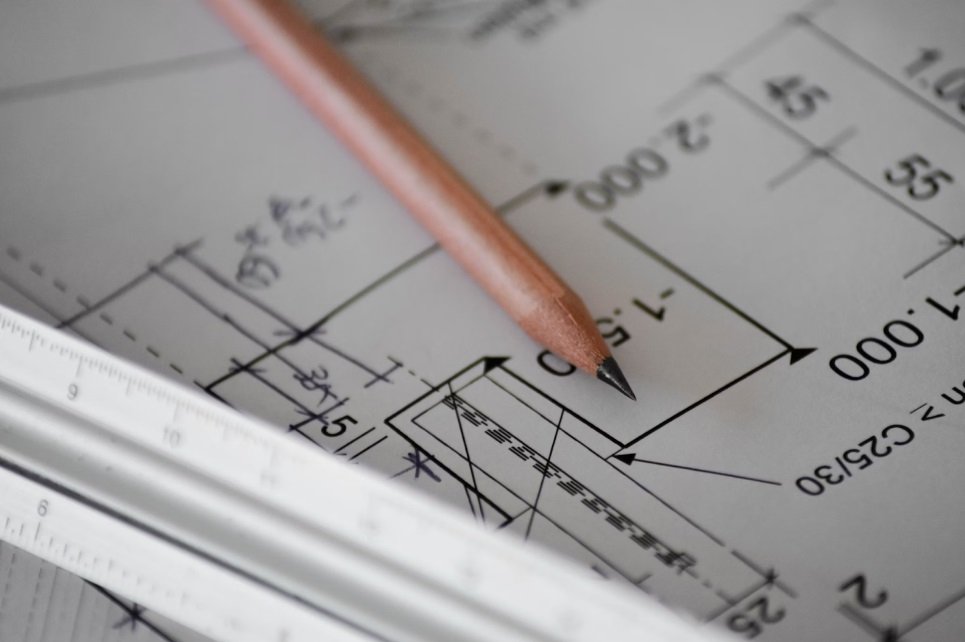Technological advancements are indispensable, we all know that. Right? These amazing tools help everyone reshape how we design, conceptualize, visualize, and execute amazing ideas. They’re great. It also can take many forms. In case you’re wondering which ones, well, let me mention them: 3D modeling software, virtual reality (VR) simulations and innovative technologies. All of them are revolutionizing the architectural process.
Let’s explore the most cutting-edge technological tools that can greatly change the way architecture works, focusing on layouts and kitchen design.
3D Modeling Software
You might be wondering, what programs are innovating? Well, modeling software is at the top of this. You can find amazing tools here like Cedreo, Autodesk Revit, SketchUp, and Rhino. So, what do these tools do? They allow architects to create detailed digital representations of buildings. On top of this, it provides greater precision and efficiency, so it’s a win-win! Modeling kitchen layouts in 3D also helps to visualize spatial relationships, test configurations that are different, or simple to refine a design easily. Hey, but that’s not everything! Software facilitates collaboration between architects, engineers, and clients, so everyone will be on the same page throughout the design phase.
The virtual world
You’ve probably heard of virtual reality or augmented reality. Something that has revolutionized the market. They have transformed many things, obviously also the way architects present their designs and interact with clients. The fact that they incorporate headphones makes it very innovative. Clients love them and can immerse themselves in virtual environments and explore the proposed architectural designs very realistically.
This experience helps clients better understand the spatial qualities of a design and also allows architects to gather valuable feedback early in the process. Similarly, augmented reality applications allow architects to superimpose digital models on real environments. This shows clients an idea of how proposed designs will interact with their surroundings.
Since we are talking about kitchen remodeling, these two technologies we present to you help visualize different materials and space layouts. Something that will help to improve decision making.
Information Modeling
Maybe you’ve heard it referred to as BIM. Modeling for construction, it changed the rules of the game in architecture. Mainly because it streamlines the life cycle of a project. From concept to construction. Unlike traditional methods such as 2D, these new technologies involve the creation of more intelligent models. These contain detailed information about what the building looks like. Including all elements of the structures, materials and systems.
In the case of kitchen layouts, this software has enabled architects to design with precision, helping them to ensure that all components fit together perfectly. It also helps to detect errors more easily, thus saving huge sums of money.
The data provided by these systems can also help with facility management, something that will help owners with maintenance, energy consumption, etc.
Parametric Design
Parametric design allows architects to explore complex geometries, something that would be very time consuming without it. It allows designs to be optimized based on specific parameters or constraints.
There are many on the market today such as Cedreo, Grasshopper for Rhino and Dynamo for Revit and they allow the creation of parametric models that respond dynamically to changes in input variables. If, for example, you offer a kitchen remodeling ideas service, this will help you generate innovative layouts that improve the distribution of space. Something that will help customize the service you offer.
Visualization techniques
While the most famous are virtual reality and augmented reality, there are many more techniques on the market. There is rendering and real-time animation for example, which allows you to bring your designs to life. This saves countless hours of work and not only improves visualization for the client but can also serve as a powerful marketing tool for architects. They open up the imagination by being able to show what future kitchens will look like, which inspires confidence in the design and construction process.
Fabrication processes help manufacture complex architectural components with unprecedented speed and precision. Following the axis of the renovation of environments we mentioned, it is very important. There, custom cabinets, accessories and decorative elements can be printed to exact specifications. They can even be customized to the customer’s taste and pleasure. Not to mention the time and resource savings it generates.
Integrated project delivery platforms
These platforms facilitate collaboration and information sharing between all parties involved in a construction project. From architects to clients as they provide a centralized hub to manage all data.
This helps foster greater transparency and accountability and they streamline the entire project lifecycle, from initial design to final construction.
Conclusion
Needless to say, many new technology tools are playing an increasingly pivotal role in shaping the future of architecture. All of those mentioned above are enabling architects to push the boundaries of creativity and efficiency in their designs. This does not stop there. Technology will obviously continue to advance, and the field of architecture will undoubtedly see new advances that promise to transform the way we design and build. Are you up for trying any of them out? Which ones? Write to us in the comments!

